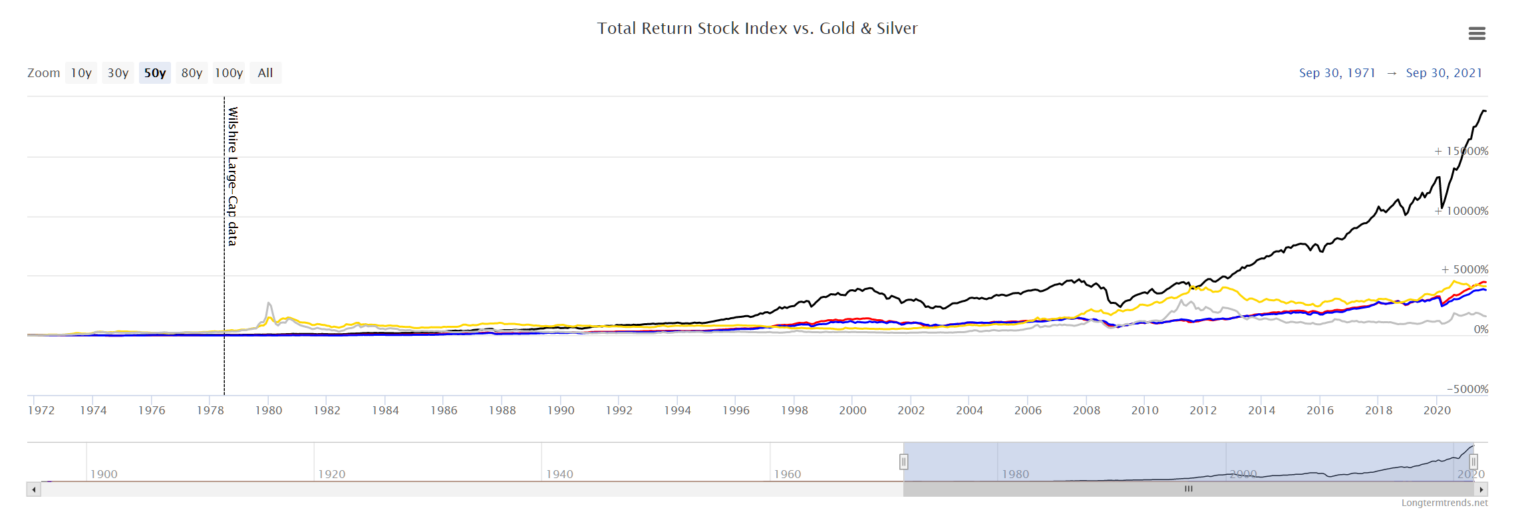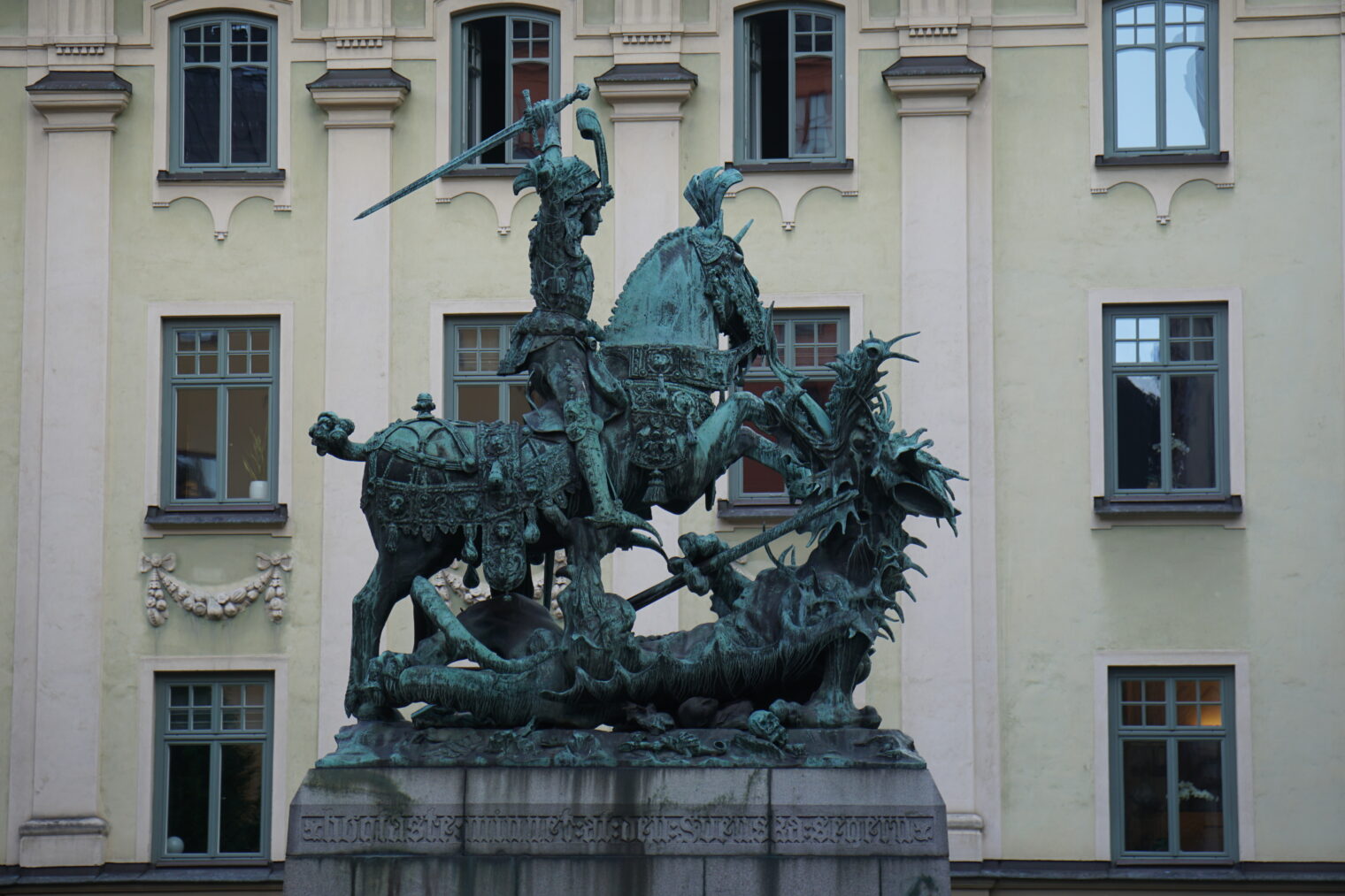Should investors react to the change in Germany’s government?
After 16 years of rule by Angela Merkel and the Christian Democrats, the government in Germany is changing. I talked to some European bankers and a former hedge fund manager to find out what, if anything, investors should do about this.
The general consensus was that very little would change in Germany. As in the U.S., grand plans from a party can be derailed by an individual member of parliament who thinks that the grand plan will have a negative impact on his/her/zir/their own little corner of the country. For better or worse, this tends to make the German system stable.
Nobody said that Merkel would be missed. One banker pointed out that Merkel was likely voted out by the low-skill welfare-dependent migrants that she was instrumental in bringing to Germany (welfare in Germany is much less generous than in the U.S., but still leads to a better material lifestyle than trying to work for a living in a lot of countries). “They’re betting that the Social Democrats will increase the handouts,” he said. “The conservatives bring them in saying that they’ll work and they turn around and vote for liberals so that they don’t have to work.” (After five years in Germany, about 51 percent of migrants don’t work, which is considered an improvement and a success story by pro-migration Germans.)
Another banker said that Merkel was responsible for the UK leaving the EU. “The British could have just ignored the EU’s demands to accept migrants, as the Eastern European countries did, but they’re too bound up in being law-abiding,” he said. “The Eastern European countries just refuse and dare the EU to throw them out, but there isn’t really a mechanism for kicking a country out of the EU.”
The former hedge fund manager said that Merkel was an unprincipled follower of public opinion. While she initially told Germans that most would be infected with SARS-CoV-2 and therefore most resistance would be futile (e.g., masks and shutdowns would just slightly delay the inevitable), when people demanded lockdowns she locked them down.
How’s Europe doing? “Euro zone inflation hits highest level in 13 years as energy prices soar” (CNBC, October 1, 2021):
Headline inflation came in at 3.4% last month, according to preliminary data from Europe’s statistics office Eurostat. This was the highest level since September 2008 when inflation stood at 3.6%. It comes after German consumer prices rose by 4.1% in September — the highest level in almost 30 years.
The rise has been driven higher by surging energy prices, deepening concern among policymakers. The front-month gas price at the Dutch TTF hub, a European benchmark, has risen almost 400% since the start of the year.
What’s more, this record run in energy prices is not expected to end any time soon, with energy analysts warning market nervousness is likely to persist throughout winter.
France has become the latest country to step up measures to mitigate the costs for consumers. Prime Minister Jean Castex said Thursday the government would be blocking further natural gas price increases as well as rises in electricity tariffs. However, before these measures kick in, gas prices will rise by 12.6% for French consumers as of Friday.
I.e., France is copying Richard Nixon’s wage and price controls and hoping for a different result. (See also “Nixon Taught Us How Not to Fight Inflation” (WSJ): His price controls led to an exponential increase in demand, which caused a shock when they ended.)
I asked the hedge fund manager if the European inflation numbers were cooked like the U.S. numbers (e.g., food and energy costs are excluded from some measures, the cost of buying a house is excluded from all measures (the government comes up with a fictitious world in which people can rent their houses from themselves for a government-determined price)). “Completely fake of course,” he responded. “However, there is one reality of their own making. To ‘save the world’ (read: tax more) they recently yanked up taxes on natural gas and the such. Together with rising oil prices, this has created quite a bit of inflation as you can imagine.”
If the Europeans are inflating away the value of their currency just we are inflating away the value of ours, what is an investor to do? Move money to China, as BlackRock has recently started to do? That’s a bridge too far for a lot of non-Chinese investors. How about “Mining Stocks Offer a Cheap Play on Growth. Dig In.” (Barrons, September 17, 2021), in which we learn that iron and copper miners have P/E ratios of 5-7 (compare to over 30 for the S&P 500):
We have no idea where the euro and dollar will be after the politicians on both sides of the Atlantic are done with their manipulations of the respective economies. I’ve always hated gold as an investment because it isn’t productive. And, in fact, once you factor in dividends paid (“total return”), gold has underperformed U.S. stocks going back to the beginning of our galloping inflation (1971):
(black is the total return; silver is bumping along on the bottom; the S&P (without considering dividends), the Dow Jones, and gold are clustered in the middle)
Could mining iron and copper be considered a hybrid of gold’s inflation hedge and the return to be expected from investing in a productive activity? People will still need steel even if there is a lot of inflation in one or more currencies. On the third hand, aside from the low P/E ratio, why are raw materials miners better investments than upstream manufacturers? And if the P/E is 5 or 7, is that because a company is heavily indebted and can go bust (rather than simply slim down) in the event that demand is reduced?
Related:
- “Nobody Really Knows How the Economy Works. A Fed Paper Is the Latest Sign.” (nytimes, October 1). My summary of this plus the rest of the nytimes: Since even the smartest and most expert experts have no idea how the economy works, it makes sense to have the government move in and manage a much larger portion of it.
- Gina Rinehart, one of the world’s richest women (though not nearly as rich as some American divorce plaintiffs), who turned a nearly-bankrupt mining company into a huge success (and she’s a fan of Donald Trump’s economic policies)




















